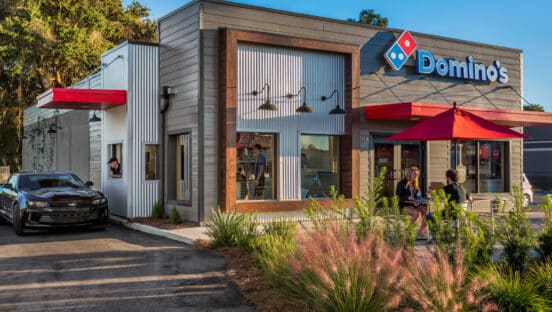Fresh off a U.S. Commercial Service–sponsored trip to India, through which he met dozens of potential franchisees, BannaStrow’s CEO Mauricio Acevedo says he wants to open “hundreds” of stores in the emerging market.
Acevedo says he met with nearly 50 businessmen in India and has since whittled his list down to 12 that he is actively discussing franchise deals with.
“It’s a matter of finding the right partner,” he says. “What we’re looking for, differently than what we’re looking for in the U.S.—in which we’re looking for individual franchisees to help us expand in the U.S.—what we’re looking for in India is a master franchisee” who can sub-franchise within the country.
The U.S. Commercial Service took 12 brands to India from April 10–15 to meet with potential franchisees in Mumbai, Hyderabad, and New Delhi. The annual “Trade Missions” program is intended to help U.S. brands establish connections in a high-potential market.
Acevedo says each day in India featured presentations from local franchisees about “a specific angle of the franchising business,” such as logistics, politics, and food safety. After the briefings, the participating brands hosted 20–30 minute sessions with potential franchisees to discuss business opportunities.
“It was a marathon, but it was absolutely fantastic,” Acevedo says.
BannaStrow’s, a crepe concept based in Miami, would work well in India because the crepe is easily adaptable to Indian cuisine, Acevedo says. But he says the concept’s flexible store footprint—options range from kiosk to food court to standalone unit—make it especially attractive in the Asian nation.
“Locations are the toughest part,” he says. “Real estate in India is very expensive, and finding the right location could be very expensive.”
Acevedo says he is tentatively hoping to open as many as 300 stores in India. The company, which has four units open in the U.S., also has deals in place for stores in the U.K., Columbia, and Saudi Arabia.
“We’re seeing faster growth internationally than in the U.S., especially because of the fact that crepes are very well known internationally,” Acevedo says. “A part of the challenge here in the U.S. is having people try the crepe and having them see it as another option to a pizza or sub or burger. We don’t have that internationally.”
Acevedo says he is hoping to open 20–25 BannaStrow’s units in the U.S. per year.
By Sam Oches





